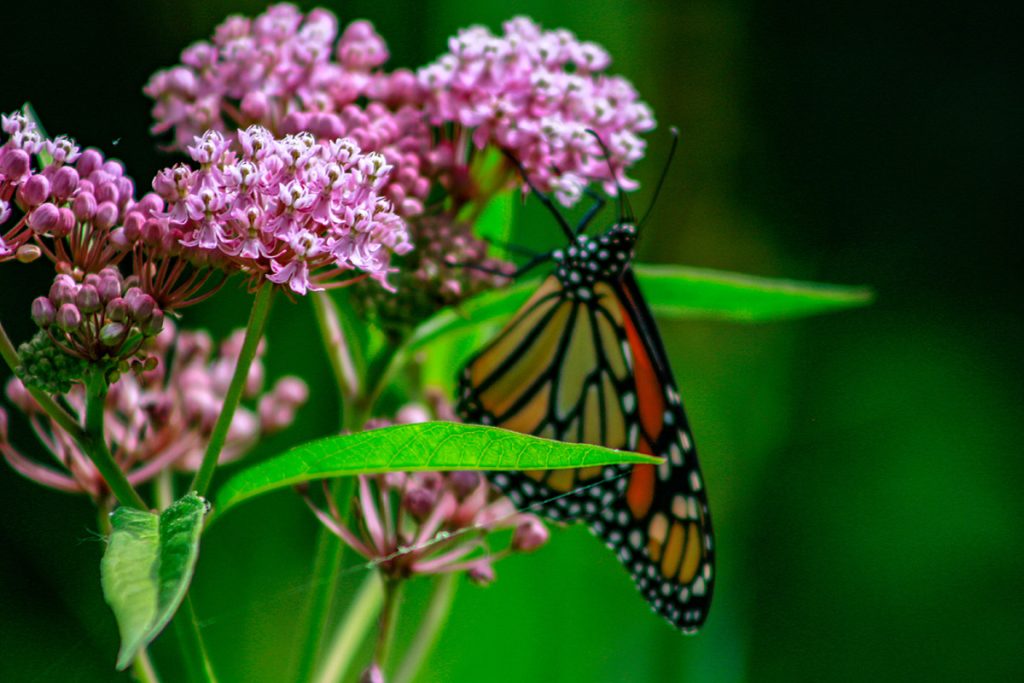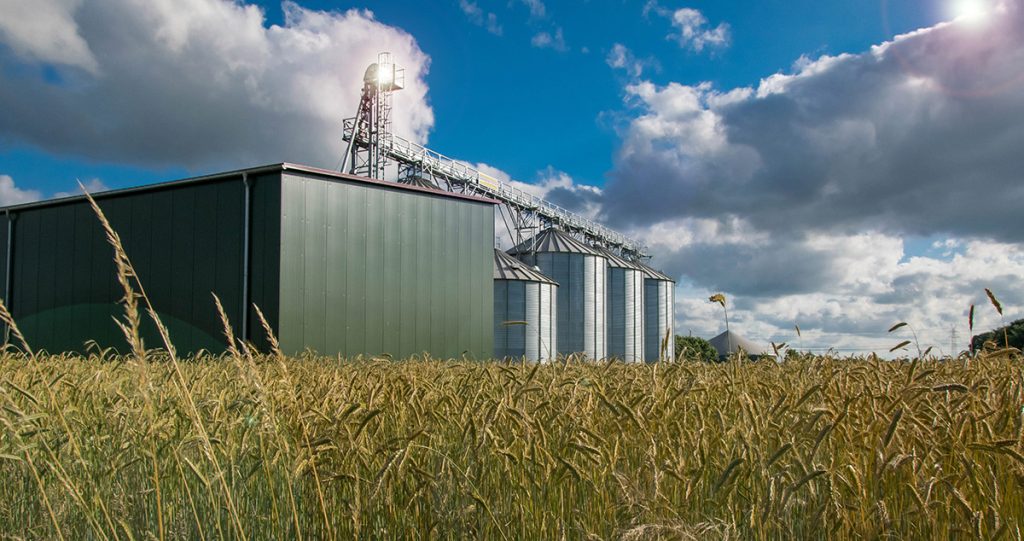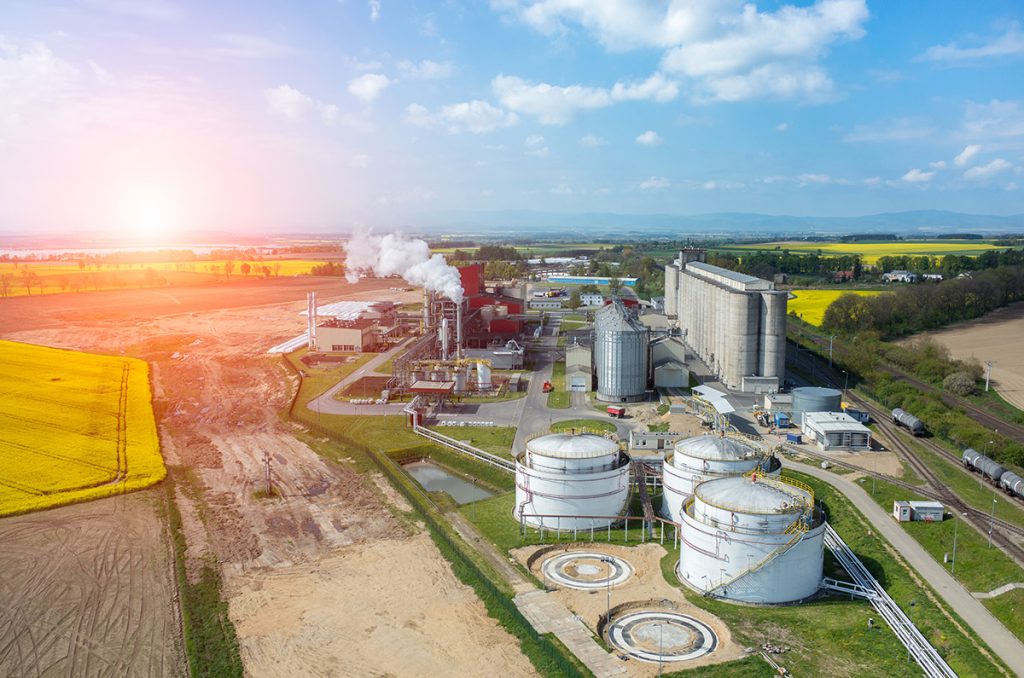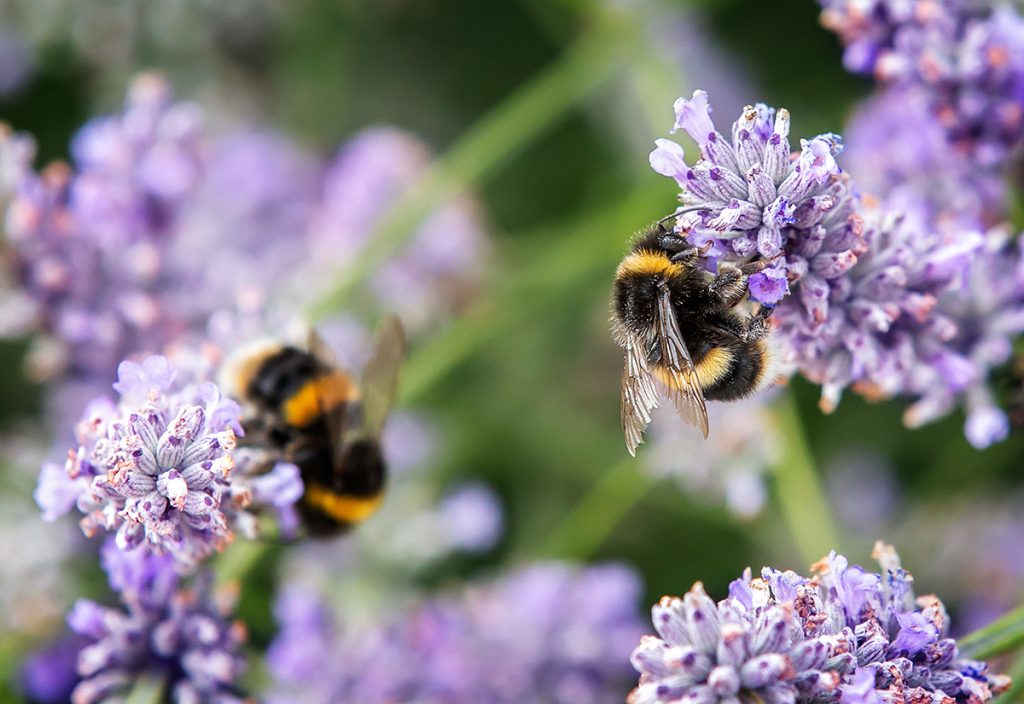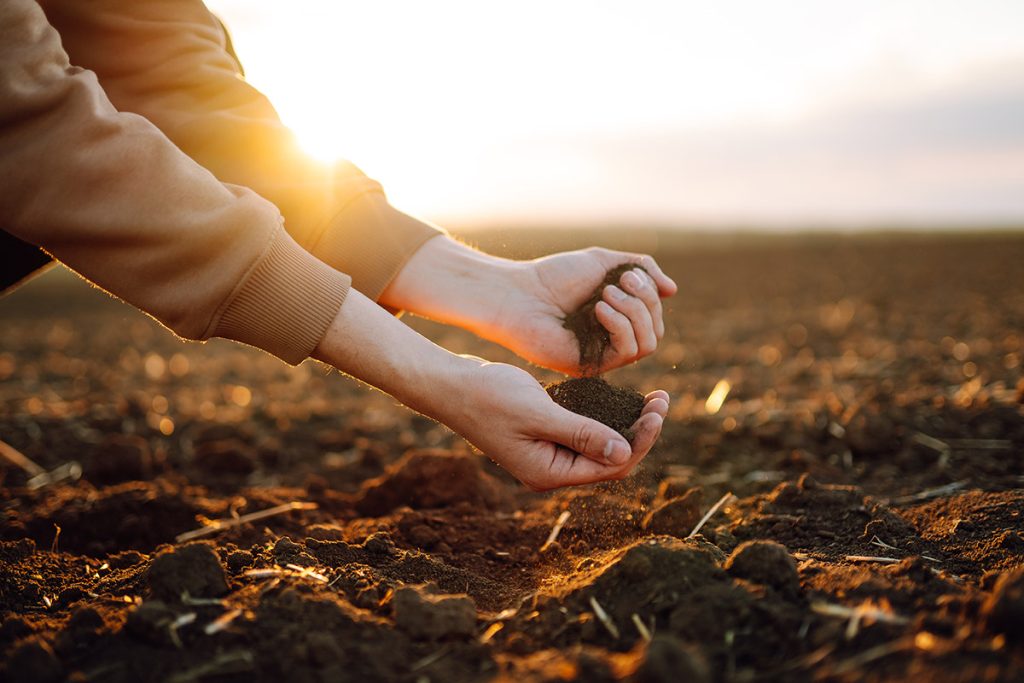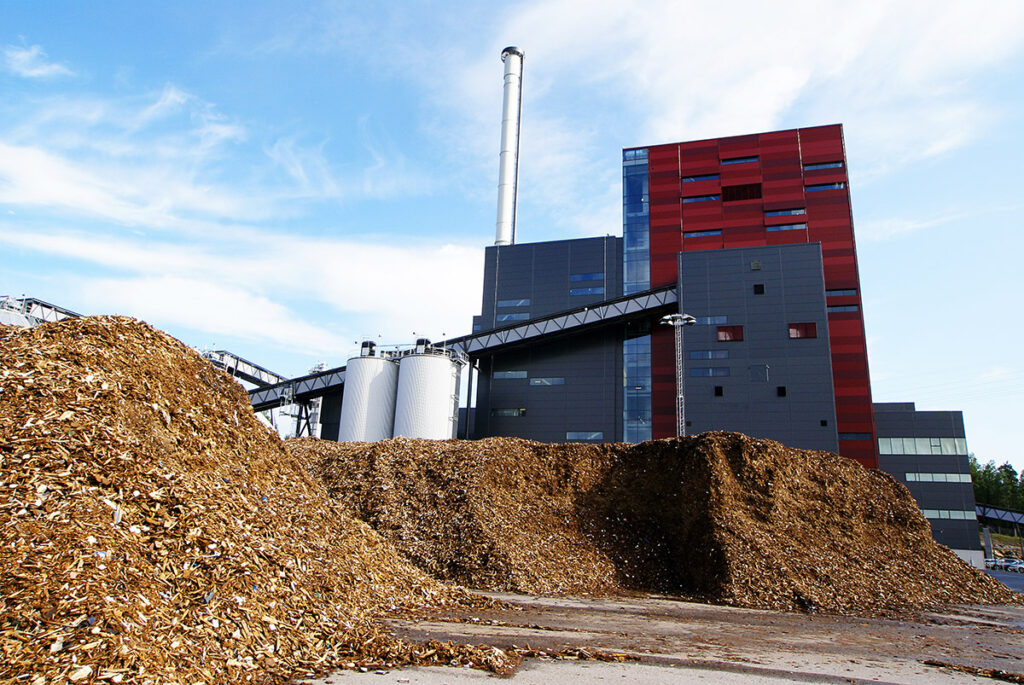CRP Practices to Reduce Greenhouse Gas Emissions
The environmental benefits of the Conservation Reserve Program (CRP) are vast, but one of the most impactful is the reduction of greenhouse gas (GHG) emissions. Through CRP practices, 30 million metric tons of CO2 were removed from the atmosphere in 2020, the equivalent of removing 6 million cars from the road. While all CRP practices […]
CRP Practices to Reduce Greenhouse Gas Emissions Read More »

